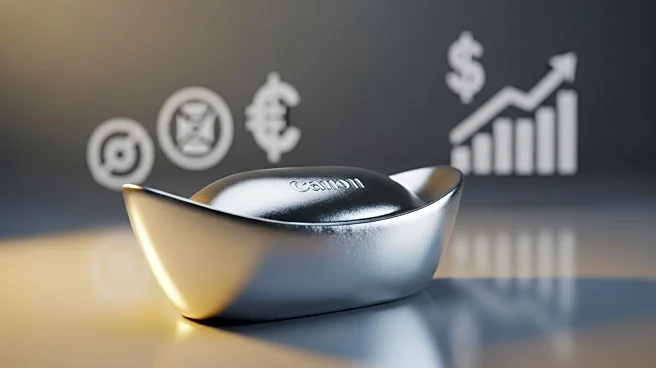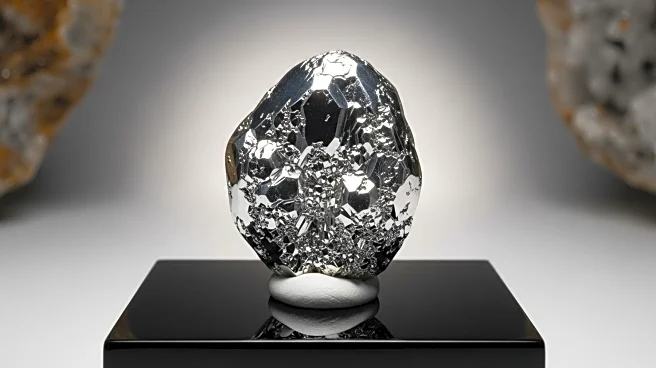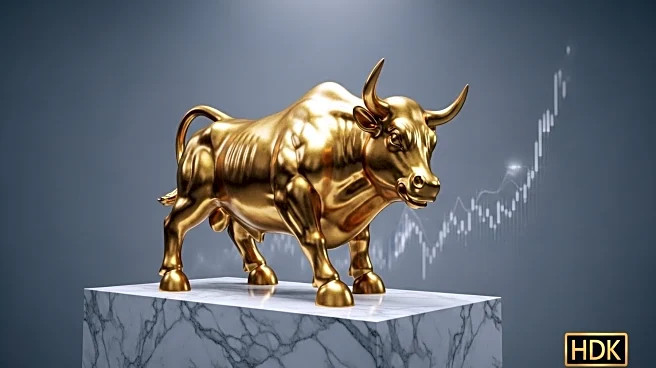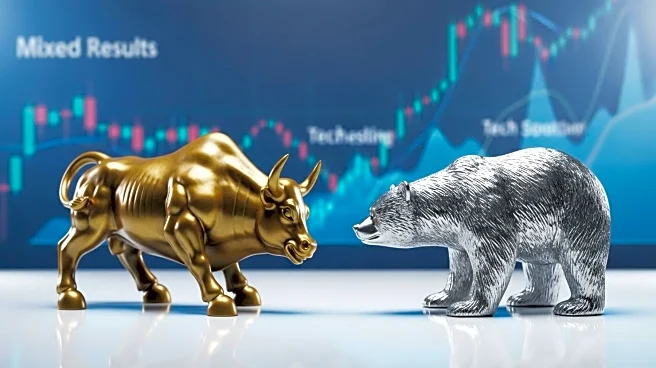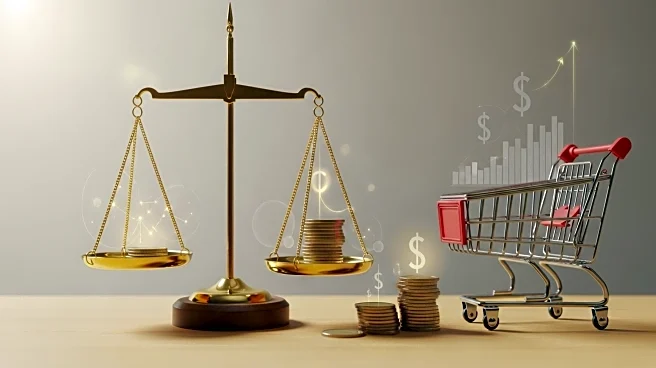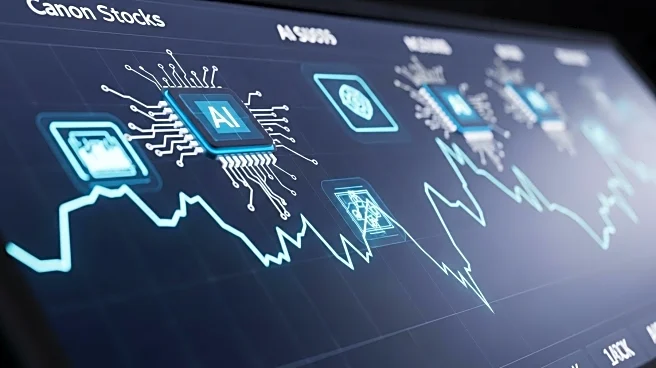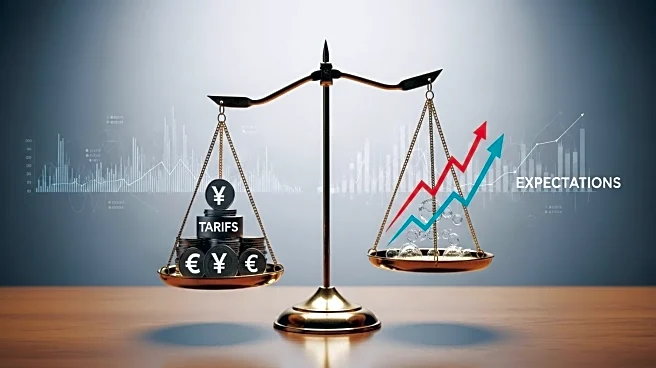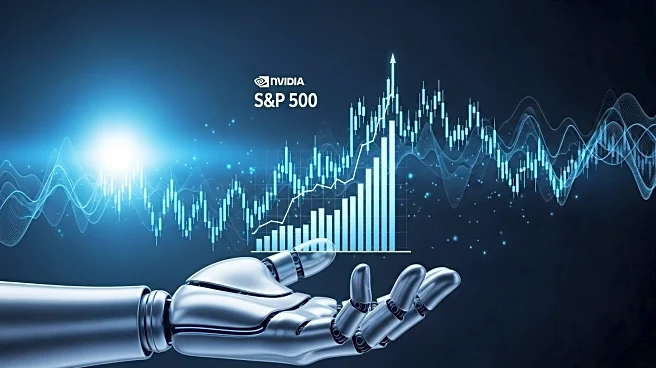What's Happening?
Silver prices are set to rise, potentially reaching $60 per ounce, driven by several factors including supply and demand imbalances, a technical breakout, and economic conditions. The U.S. Geological Survey and the Department of the Interior have proposed adding silver to the list of critical minerals, highlighting its strategic importance. Industries such as solar energy and artificial intelligence are expanding, increasing demand for silver and putting pressure on limited supply. Economic stagflation is projected for September, with declining growth and rising inflation, prompting investors to seek safe-haven assets like silver.
Why It's Important?
The strategic importance of silver is growing, particularly in industries that are crucial for technological advancement and energy sustainability. The proposal to classify silver as a critical mineral underscores its significance in national security and economic stability. As demand increases, the supply imbalance could lead to higher prices, benefiting investors and companies involved in silver production and trading. The economic conditions, including stagflation and a weakening U.S. Dollar, further enhance silver's appeal as a safe-haven asset, influencing investment strategies and market dynamics.
What's Next?
Investors are advised to consider futures trading accounts alongside physical holdings to capitalize on potential price movements. The anticipated easing of monetary policy by the Federal Reserve in September could impact silver prices and broader economic conditions. Strategies such as long-dated call spreads in the silver market are being constructed to prepare for potential price increases, offering a low-risk, high-reward profile. The ongoing 'Commodities Supercycle' suggests continued interest and investment in silver, with potential for significant gains.
